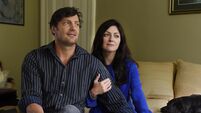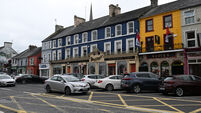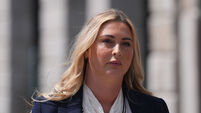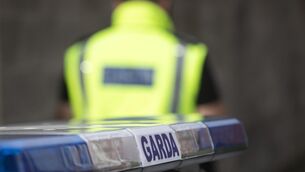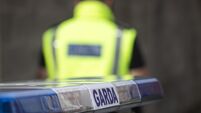Those who died in industrial institutions 'deserve to be treated with dignity and respect'
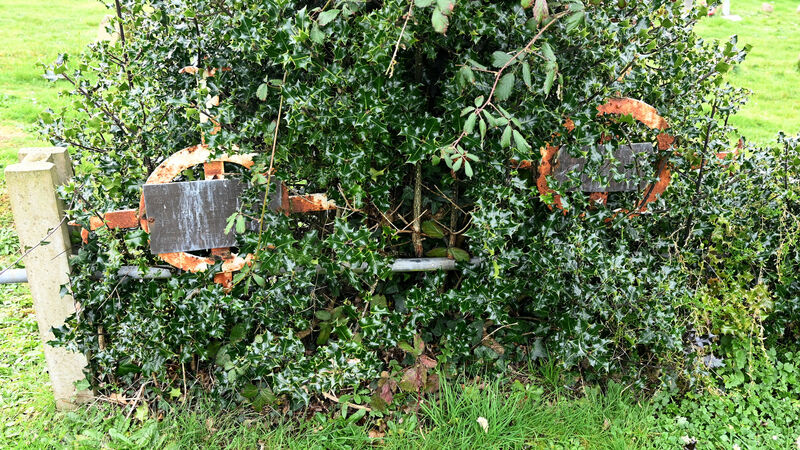
Head stones in memory of those who died in institutions at St Mary's cemetery, Curraghkippane Kerry Pike, Cork. Picture: Eddie O'Hare
In the corner of an expansive green area in a cemetery just outside Cork City stands a small tombstone to a mother and son, bearing the words: “What you both suffered shattered my life”.
The person who erected the tombstone, Mary Smith, was the daughter of the woman named on the tombstone, Eileen Smith, a mother Mary had never met.
Also on the tombstone is the name Christopher Smith, who only became known to his sister Mary almost 20 years before his death in 2007.
The mum and son are not buried together, as the exact location of Eileen’s final resting place in the plot is unknown.
Eileen and her children spent time in more than a dozen State institutions in Cork, including industrial schools, Magdalene laundries, and psychiatric hospitals.
On August 18 this year, members of Cork & Kerry Outreach Care plans to hold the first of many annual memorials at the railed-off plot in St Mary’s cemetery in Curraghkippane in Kerry Pike, to the northwest of Cork City.
The organisation, run by Caroline Farry, is also hoping to secure permission for a memorial to be erected in the middle of the plot to highlight that those buried in it are from institutions, including laundries, mother and baby homes, industrial schools, and hospitals.
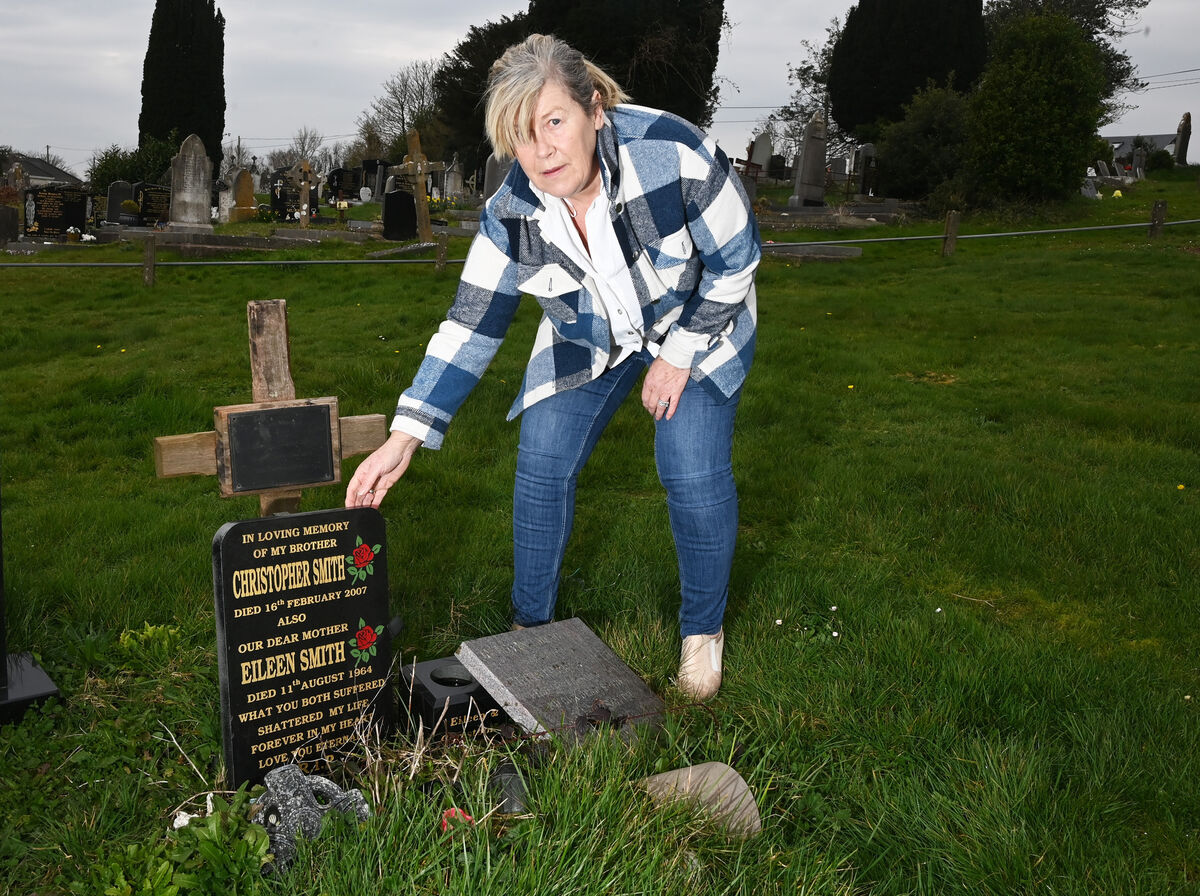
The August 18 date earmarked for the memorial event marks the birthday of Eileen, a native of Newmarket.
She died in August 1964 at the age of 42, separated from her two children, who were also separated from each other.
Mary did not meet her brother Christy until 1999.
She describes her life as one of torture, having been in industrial schools in Clonakilty and Mallow before being sent to the Magdalene laundry in Sunday’s Well.
She was sent to the laundry to prevent her becoming pregnant when she was in a relationship.
She says: “I never had a life. I found my mother in a mass grave in Curraghkippane and then found my brother in Our Lady’s Hospital."
She has been totally traumatised by the suffering they all endured.
Christy was moved to St Stephen’s Hospital in Glanmire where he died in February 2007 at the age of 60 years, having spent almost all of his life in institutions of the Irish state.
Christy, who spent the first three years of his life in Bessborough mother and baby home, was six years old when his mother became pregnant with Mary.
He had been brought back to Newmarket after his grandmother fought for him and his mother to be released from Bessborough.
However, after his mother’s pregnancy with Mary became known, he was sent to Greenmount Industrial School before being sent to another institution in Upton.
“My mother was dragged out of her home when she was three months pregnant with me,” Mary explains.
“There was no record of me in the first two years of my life.”
The first record of Mary was from Clonakilty Industrial School, when she was two and a half years old, in 1954.
Her mum was subsequently sent to Our Lady’s Hospital, where she remained until she died in 1964 at the age of 42.
Mary found both her mother’s grave and her brother Christy on the same day, during a visit to Cork to search for them in 1989.
After doing an interview with the late Gerry Ryan on his radio show, Mary got information on her brother from two people who contacted the show.
She visited Sunday’s Well laundry in the belief that her mother may be there but discovered she had been sent to Our Lady’s Hospital just weeks after being in the laundry.
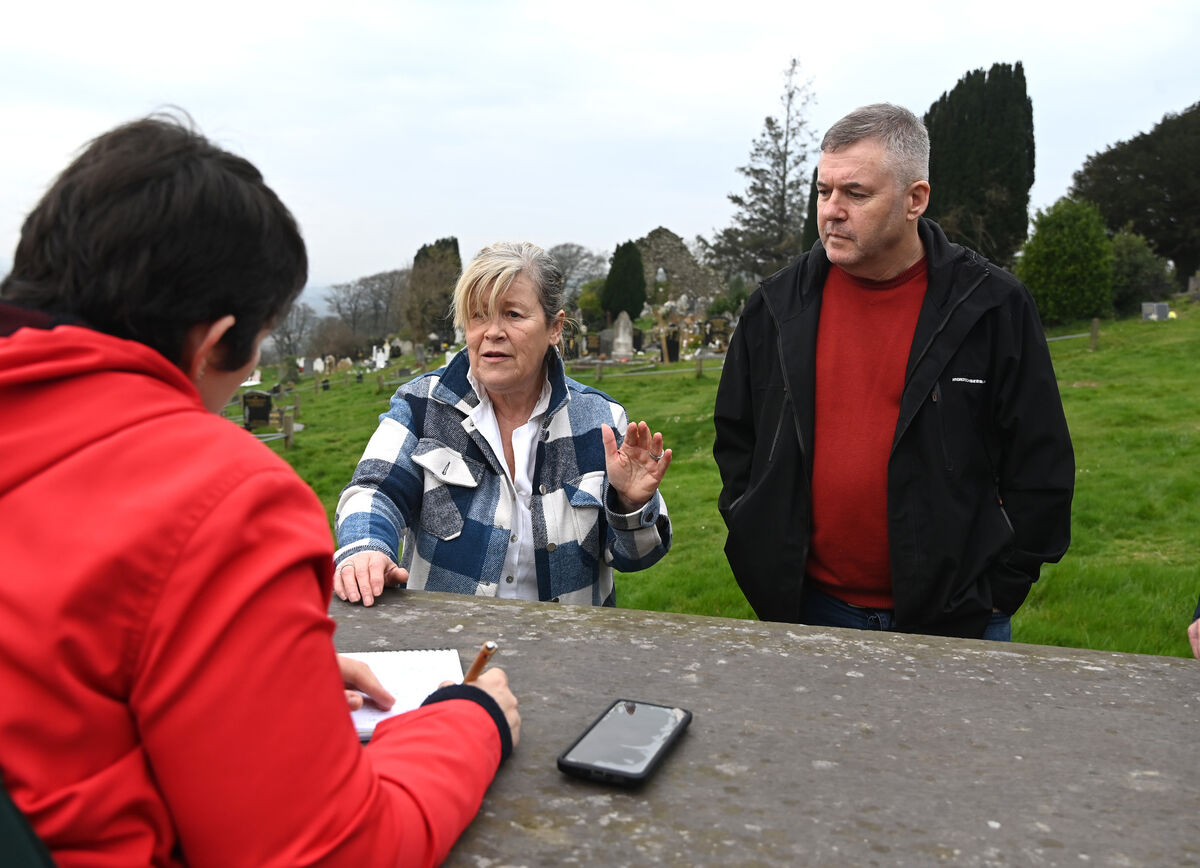
She also found out that a man matching Christy’s age and background was a long-term patient at the same hospital.
Her mother had been dead for more than 20 years when she arrived at the hospital, but she met Christy for the first time.
She cries when she recalls finding out that at that point he had been there for 22 years, with nobody to turn to.
Christy was transferred to St Stephen’s Hospital when Our Lady’s closed.
During that visit to Cork, she was told that her mother was buried in a grave “with the rest of them” .
She is grateful to have found the man who buried her mum, an undertaker from Macroom called Joe Murphy.
“When I contacted Joe Murphy, he remembered burying my mother. This was in the 1980s and he told me I couldn’t go to Curraghkippane on my own.”
Eileen was buried in a mass unmarked grave in Curraghkippane.
“I spent 10 hours in that graveyard. What they did to my mother was unbelievable and then to my brother, the whole family.
"I actually felt her presence there.
Mary was present in Leinster House in 2013 to hear the then-taoiseach Enda Kenny make a State apology following the publication of the McAleese report on State involvement in the laundries.
The report found that more than a quarter of referrals to the laundries were made or facilitated by the State.
She cried that day because her mother had died before the apology was made.
The mass grave is the only link Mary has to her mother now, a woman she never met and of whom she has no photograph.
She doesn't know what her mother looked like.
Now, Caroline is adamant that people like Mary, who are aware that their relatives are buried in the plot at Curraghkippane, deserve to have the plot treated with respect and dignity.
Names on the 53 crosses, inside a railing marking off the plot from the remainder of the cemetery, are difficult to read.
Some of the crosses have fallen over, while others are overgrown.
None of the inscriptions give the names of the institutions or any addresses for the dead.
Caroline says: “I have been working on this since 2022. It is imperative and vitally important that this is sorted for the survivors and the likes of Mary Smith, who have family here, that while they are still alive, they still have this monument.”
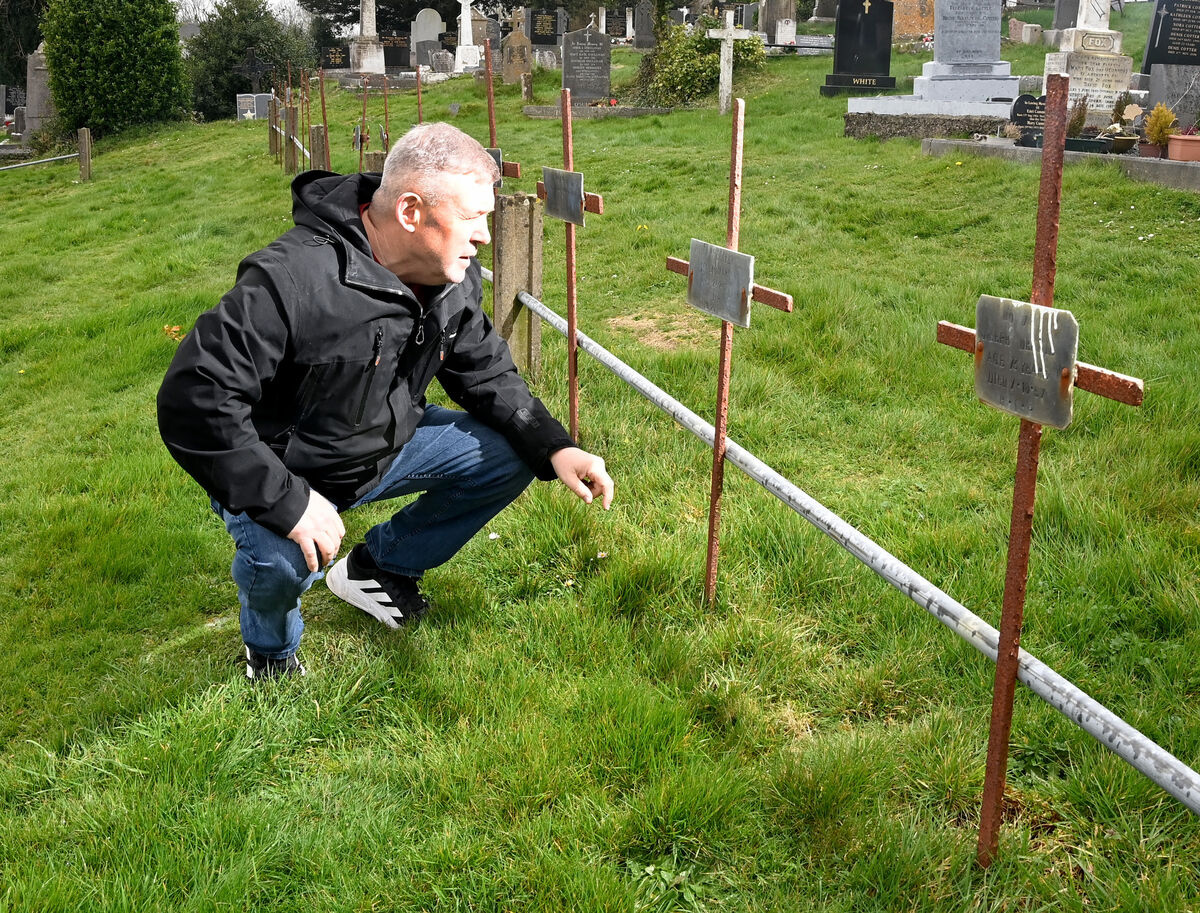
People who are buried there “deserve to be treated with dignity and respect", Caroline said.
Pat Bridgeman, who is also with the outreach group and is an industrial school survivor, believes there are many people who never knew where their close relatives ended up.
“There are probably a lot of people out there who don’t know where their brothers or sisters ended up.”
Quotations have now been sought for a memorial to the dead while a meeting is being planned to discuss the project with the HSE, which owns the plot.
Earlier this week, a spokeswoman for HSE South West confirmed that it owns a “portion of Curraghkippane graveyard”.
She added: “A meeting is due to take place shortly between HSE South West and other agencies in relation to Curraghkippane.”




